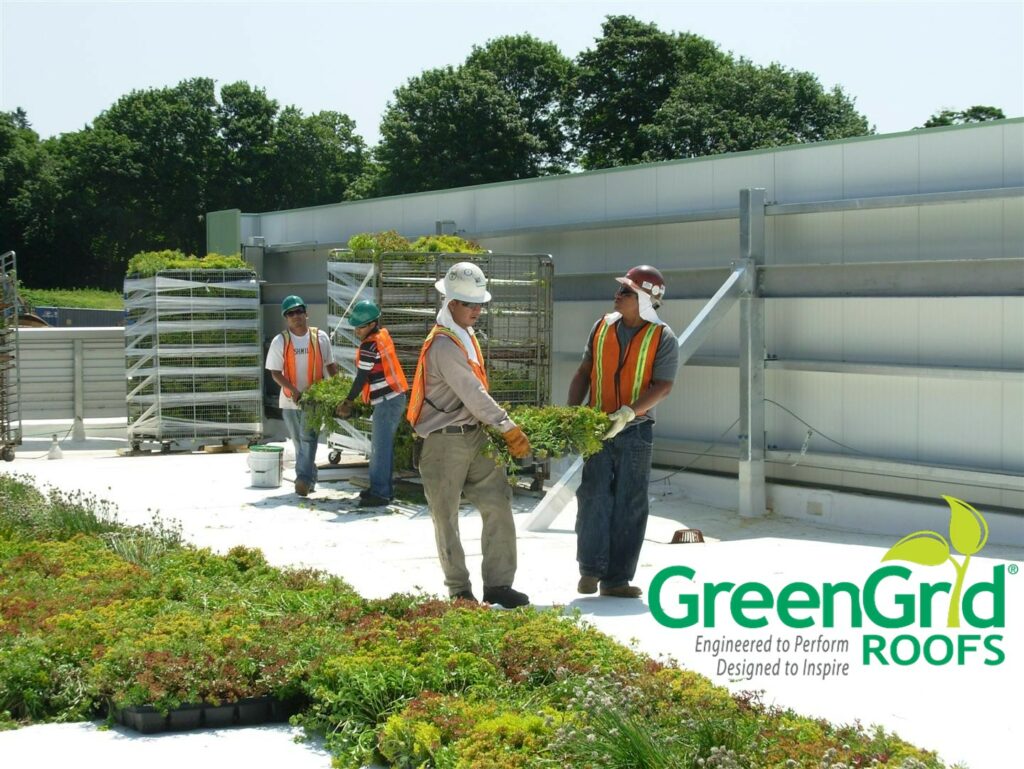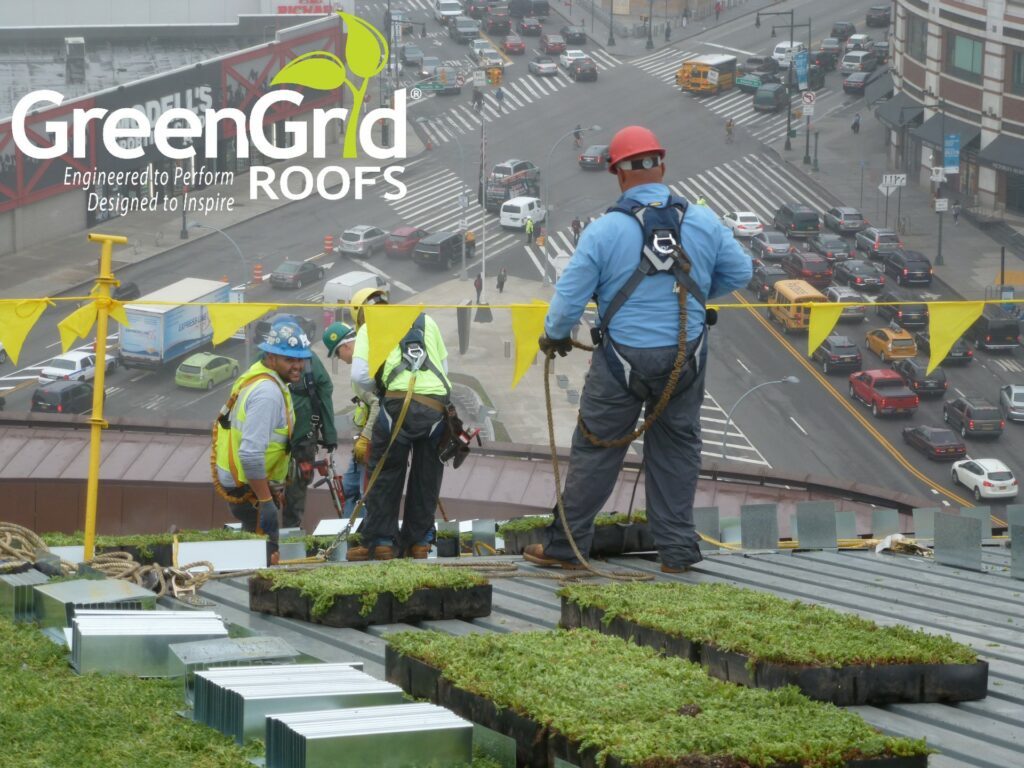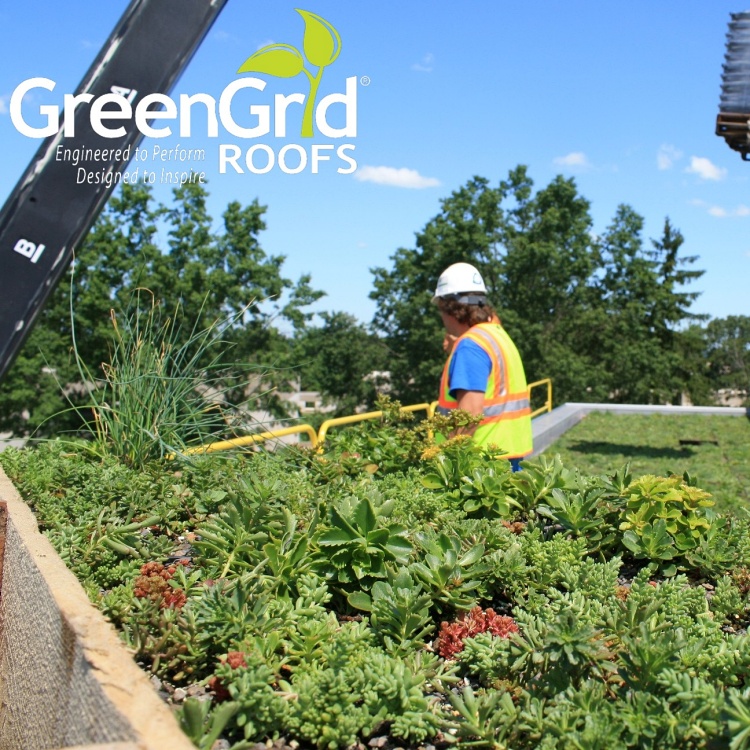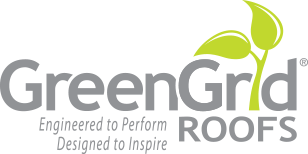Green roofs have emerged as integral elements of contemporary urban and suburban architecture, celebrated for their ecological and sustainable advantages, as well as their ability to provide amenity spaces and increase building values while meeting regulatory or incentive requirements.
Successfully installing green roofs is not difficult with good planning, and coordination between architecture, landscaping, and construction.
Planning and Design:
Prior to embarking on a green roof installation project, thoughtful planning and constructable designs are essential. Factors such as local climate, building structure, and intended use of the roof space must be considered. Collaboration among architects, landscape designers, and construction and roofing professionals is crucial to create a design that meets both aesthetic and functional objectives.
Structural Assessment:
A comprehensive structural assessment is necessary to ensure that the building can support the additional weight of a green roof. A structural engineer should evaluate the load-bearing capacity of the roof and make any necessary reinforcements or design changes to the roof structure, as well as any supporting columns or walls as needed. Green roofs will add dead load year-round, and accessible spaces will also have additional live loads that need to be planned for. Ensuring the safety and durability of the structure is paramount before commencing any construction activities, and the engineer should also indicate maximum point load capacity of the structure. This information will assist with where to stage, and the quantity of materials can be on the roof during construction activities.
Waterproofing and Root Barrier:
In short, every roof needs an appropriate and effective waterproofing system. When installed under a green roof system, the waterproofing detailing becomes more important so that warranty requirements are met, consideration is made for future leak repairs, and any additional waterproofing protection measures are incorporated into the design and construction activities. In some applications, a root barrier should also be installed to prevent deep growing roots from penetrating the roofing membrane. This most often applies to intensive/deep green roof systems with more root aggressive perennials and ornamental grasses, or any woody material. Sedum roofs typically do not require a root barrier. With the increased activity associated with green roof installation, along with the use of additional cutting tools, carts, etc., a protective pad or slip sheet should also be installed to prevent nicks and tears. Electronic leak detection systems are another tool that can provide significant savings in the future when a roof leak occurs, quickly pinpointing it to limit the amount of searching and disruption to the green roof system to find and repair it. These steps are crucial in ensuring the longevity of the roof and reducing repairs.

Drainage System:
Proper drainage is essential for preventing water stagnation, which can adversely affect plant health and compromise the roof’s integrity. The rooftop drainage system needs the appropriate number, type, and adequately sized drainage outlets to handle high precipitation events. Incorporating a drainage mat layer further facilitates water movement off the roof surface if this feature is not already built into a modular green roof solution, reducing the risk of repairs, and extending the roof’s lifespan. Proper maintenance of drainage systems remains vital for long term performance of the roofing and green roof. Because green roofs are known to significantly reduce runoff by retaining and detaining rainfall, the total volume of runoff will be lower, however, most building codes do not recognize this reduction in terms of the sizing requirements for drainage. As a result, the drainage should be planned to be the same as if the green roof system was not present, with additional consideration given to maintaining minimum slopes to prevent ponding, maintaining clear access to roof drains, and not installing features that accidentally dam water trying to migrate across the roof.
Vegetation Handling:
Whether installing a tray or a built-in-place green roof, each have their own installation techniques. However proper handling of the vegetation is essential regardless. Pre-grown vegetation systems offer a quick and straightforward installation process with already mature plantings in place, while built-in-place systems will utilize potted, plug, or mat-based plants that have variable installation requirements and techniques.
Regardless of system type, however, the plants themselves are still perishable and susceptible to damage from improper handling. Plants should not be left in any kind of plastic wrap for more than a few hours after delivery, should not be stacked upon one other for more than a day (depending on type of plant and green roof system), and need to be watered immediately after installation. Also important to understand is that additional rooftop work should be limited as much as possible after planting. Accidental trampling occurs all too often on green roofs due to other construction activities that are not coordinated appropriately. Material staging can kill large areas of plantings, workers walking in the same areas create paths of compacted soils and dead vegetation, other accidental damage can easily occur.
Irrigation planning is also essential for non-sedum rooftops, or those in particularly arid climates. In all cases, rooftop spigots with adequate pressure should be installed for future maintenance needs or use during extended drought.

Maintenance:
Establishing a regular maintenance plan is crucial for preserving the longevity and effectiveness of a green roof. Tasks such as weeding, fertilizing, cleaning out drainage outlets, and monitoring for signs of degradation should be performed routinely. Periodic inspections by professionals can help identify and address potential issues before they escalate. Maintenance requires workers trained in fall protection if the roof isn’t surrounded by an OSHA-compliant railing system. In scenarios where the green roof extends near the edge of the roof, fall arrest system anchor points are also required for safe, and compliant, green roof maintenance. These anchor points are often forgotten during the design phase and should always be considered when the green roof will be located within 10 or 15 feet of the exposed roof edge, on steep slopes, or in any other instance where accessing the roof requires it to comply with regulatory requirements.
Green roof installation entails a systematic approach encompassing planning, structural assessment, waterproofing, drainage, plant selection, and ongoing maintenance. Adhering to best practices at each stage not only ensures the success of the installation but also contributes significantly to sustainable building practices, thereby positively impacting the environment and enhancing the quality of urban spaces. As advancements in technology and research in this field continue to evolve, the integration of green roofs will become more mainstream.
 Greenroofs.comConnecting the Planet + Living Architecture
Greenroofs.comConnecting the Planet + Living Architecture




